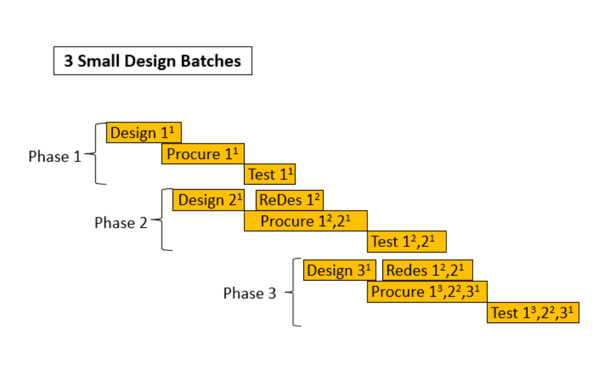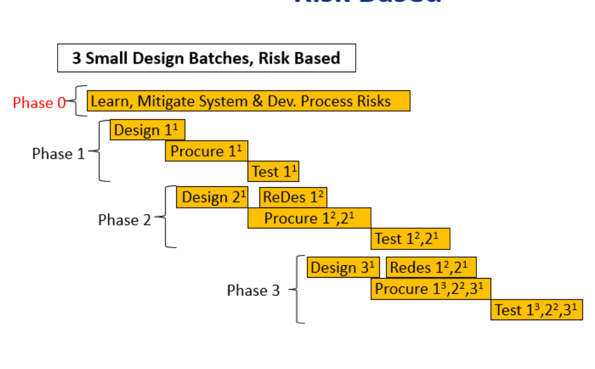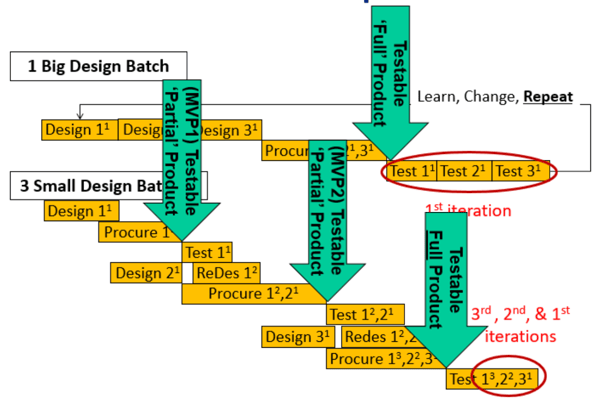
New Product development is the life blood of your company. The process you implement has a direct impact on your bottom line.
Product development process is the process you and your team use to develop new products. After years of analysis, we've developed a product development process that maximizes speed to market while still meeting the needs of customers. It involves ensuring the team has clear and correct project priorities, daily. It takes from Lean, Agile and Theory of Constraints to meet the product development process needs of hardware teams.
Almost ten years ago, Stephen R. Covey said in his son's book, Stephen M.R. Covey's, The Speed of Trust,
“My interactions with business leaders around the world have made it increasingly evident that ‘speed to market’ is now the ultimate competitive weapon.”
This quote even made the cover of Business Week magazine. We also know from the Cost of Delay model that being late to market is usually the biggest cost (or lost profit opportunity) in a project.
So it's important to look at any product development process you implement from the perspective of speed to market and efficiency. And of course if teams are focused on priority work that contributes to company success, they are happier all around because they are not being pulled in multiple directions.
Here are some examples of the product development process.
In general we see it as (when done right) overlapping “design > procure > assemble > test” loops. "Procure" isn't usually standard in most product development process diagrams, but it’s a major step that cannot be ignored.


We recommend a small batch approach. Here is how they compare.

This previously written series provides more detail on the differences between Software and Hardware development. However in summary, hardware projects differ from software projects in the following ways:
These differences mean your product development process has to be fine tuned to meet the needs of hardware.
In hardware development, being able to visualize these added elements — time and dependencies — makes all the difference. In fact, it's a critical component to managing hardware projects as projects can last years and dependencies are manifold.
As team size and variety of skill sets increases, the number of interactions increases exponentially, and so does the likelihood of communication breakdowns. In order to combat this increasing complexity, good processes and tools are essential for keeping everyone on the same page. That said, processes and tools cannot completely replace individuals and interactions. In hardware development we need both to achieve our goals.
Playbook combines iterative development, self-organizing teams, and daily meetings (Agile/Scrum) with both long and short-term planning. The benefits to this approach in product development are that it supports principles that are critical to keeping projects moving forward, daily.
Just like refining your product, continuous refinement of your product development process is key. Visit our principles of product development to take a deeper dive into Lean and Agile product development methods.
Product Development and Golf: An Analogy for Success
Guide to Lean Product Development
Science and economics behind “failing fast”
Lean Product Development the Opportunity of the Century.
Lean Product Development Case Study
Principles of Lean Product Development
Lean Product Development Value Chain
Get started with Lean Product Development
Lean Product Development: Cultural Resistance
4 ways to Ensure Your Lean product Development Initiative Won't Fail

Address
PO Box 18027
Boulder, CO 80308
303-323-4296
info@accuer.com
Lean Project Management
Lean Product Development
Agile Development